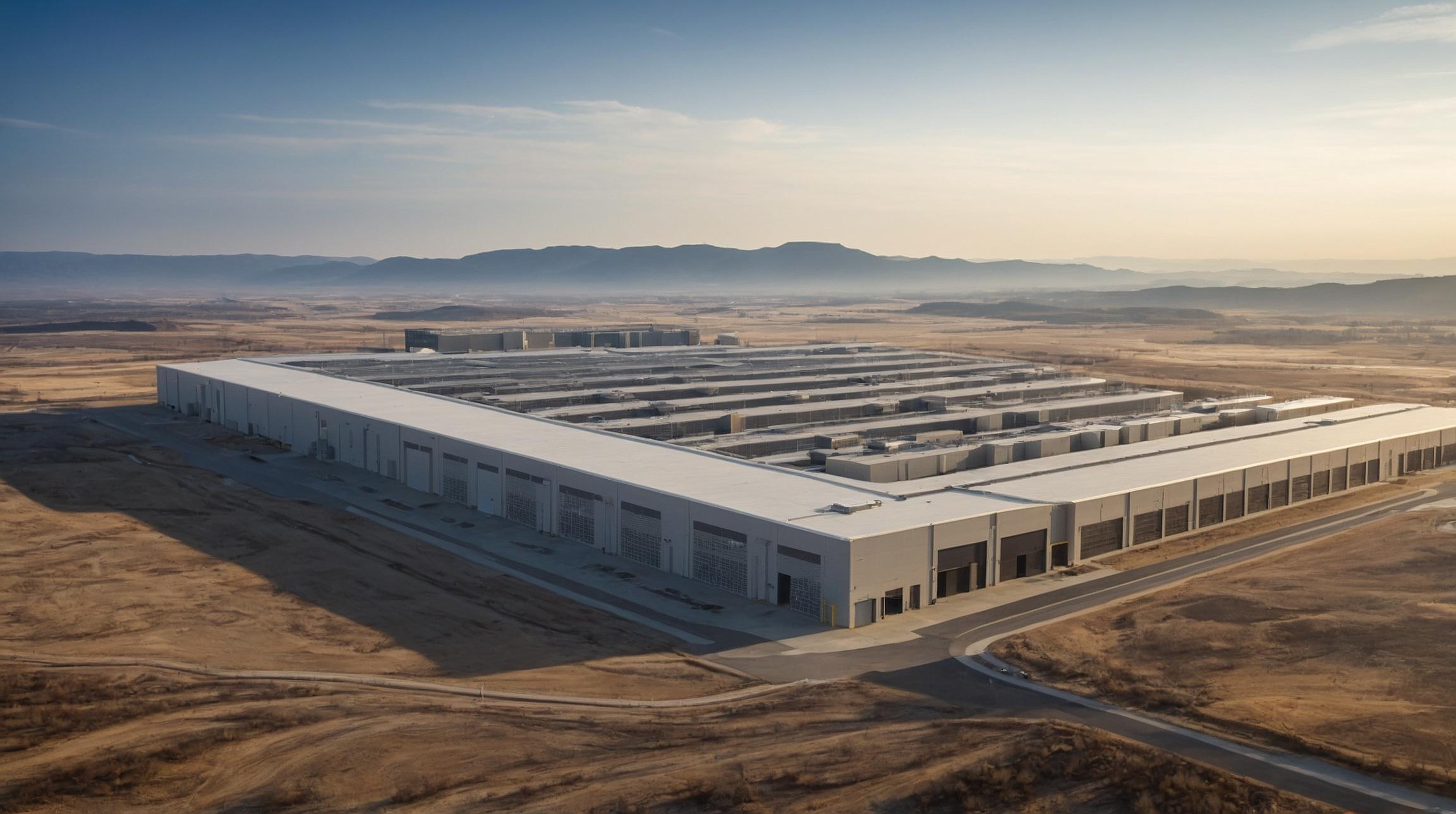NSF's Bold Investment in Engineering Research
The U.S. National Science Foundation (NSF) has announced an ambitious investment in four new Engineering Research Centers (ERCs), signaling a major push towards innovation in biotechnology, manufacturing, robotics, and sustainability. This initiative involves a five-year commitment of $104 million, which may extend to a 10-year investment of $208 million. These centers aim to develop cutting-edge technologies that will provide long-term benefits to the nation.
The Role of Engineering Research Centers
According to NSF Director Sethuraman Panchanathan, these centers are poised to become "powerhouses of discovery and innovation," addressing some of the most pressing challenges facing the nation today. By collaborating with industry and focusing on workforce training, ERCs create an "innovation ecosystem" that accelerates engineering advancements and yields substantial economic and societal gains.
Focus Areas and Partner Institutions
NSF ERC for Carbon Utilization Redesign through Biomanufacturing-Empowered Decarbonization (CURB): Located at Washington University in St. Louis, in collaboration with other universities, CURB focuses on manufacturing systems that efficiently convert CO2 into a variety of products.
NSF ERC for Environmentally Applied Refrigerant Technology Hub (EARTH): Based at the University of Kansas, EARTH aims to develop sustainable refrigerant life cycles to mitigate global warming impacts while enhancing energy efficiency.
NSF ERC for Human Augmentation via Dexterity (HAND): Spearheaded by Northwestern University, HAND seeks to transform robotic hand technology, making it more versatile and effective in augmenting human labor.
- NSF ERC for Transformation of American Rubber through Domestic Innovation for Supply Security (TARDISS): Hosted by The Ohio State University, TARDISS endeavors to innovate natural rubber production from U.S. crops, boosting domestic supply security.
Impact and Future Prospects
Since its inception in 1985, the NSF's ERC program has established 83 centers, fostering partnerships with educational institutions, governmental bodies, and industry stakeholders. These partnerships not only facilitate innovation but also promote inclusion in established and emerging engineering fields. The latest cohort of ERCs is set to continue this legacy, emphasizing the transformation of engineering disciplines to meet future demands.













